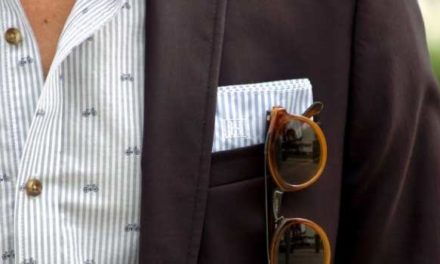When we say “Samurai” nowadays, we immediately think of the characters that are portrayed in historical and fictional movies and television series that we tend to forget that they truly existed. Even though it seems like their character have been hugely romanticized in these shows, we have to recognize the fact that these are still inspired by real and traditional samurai back in the day and that their existence is a relevant part of Japanese history,
The Samurai, which means “one who serves”, and its history started during the early 10th century. Back then, they served as elite warriors that guard and protects feudal lords and their kingdoms. Samurai are known to follow a certain code of conduct known as “Bushido” which means “way of the warrior”.
Samurai started their training since they were a child and were thought self-discipline, strength, and ways to battle. They were allowed to acquire different weapons but they were required to learn Kendo or “the way of the sword.”
With all these rigorous training and the mission that they have to go through, samurai must have a type of clothing that would allow them to move freely and would protect them. What made samurai clothing exceptional was its functionality, details, and status it represents.
The Traditional Samurai Wardrobe
Hair – Samurai’s hair was put in a topknot which is also called “chonmage” and its purpose is to keep the helmet in place. They are also required to shave the top of their head to help with the heat and be more comfortable when wearing the helmet.
Weapons – Even though samurai carry their swords all the time, they are still required to bring with them a small weapon inside their clothes. A samurai wear an “obi” or a belt where he can put in his sword. They were also allowed different weapons like longbow and spears.
Clothing
Samurai wear kimonos both during battle underneath their armour and as everyday clothing. Their kimono consists of an inner and outer layer. The quality of the kimono represents that status and wealth of the samurai. During battles, the warrior wears a much shorter kimono called “shitagi” underneath the armour. For the lower garment, they use wide-legged trouser called “hakama” and the underwear “fundoshi” which was linen or cotton cloth wrapped around the hips like a diaper.
Footwear
Samurai often use sandals or wooden clogs as footwear. Along with this, they wear a “tabi” which served as a sock that has divisions on the toes that help with comfort when wearing the sandals.
Not only until the 16th century that the role of samurai started to change. Since the wars have stopped, they are no longer needed for battles have given the role of spiritual guides. In the nineteenth century, the class of samurai have completely disappeared.
Although the samurai don’t exist in the present day, their character and clothing have become a huge icon, especially to the new generation, as a representation of Japan’s rich history and culture. Good thing that the shows, books, and online resources are here to remind us of the noble tradition of the samurai.















